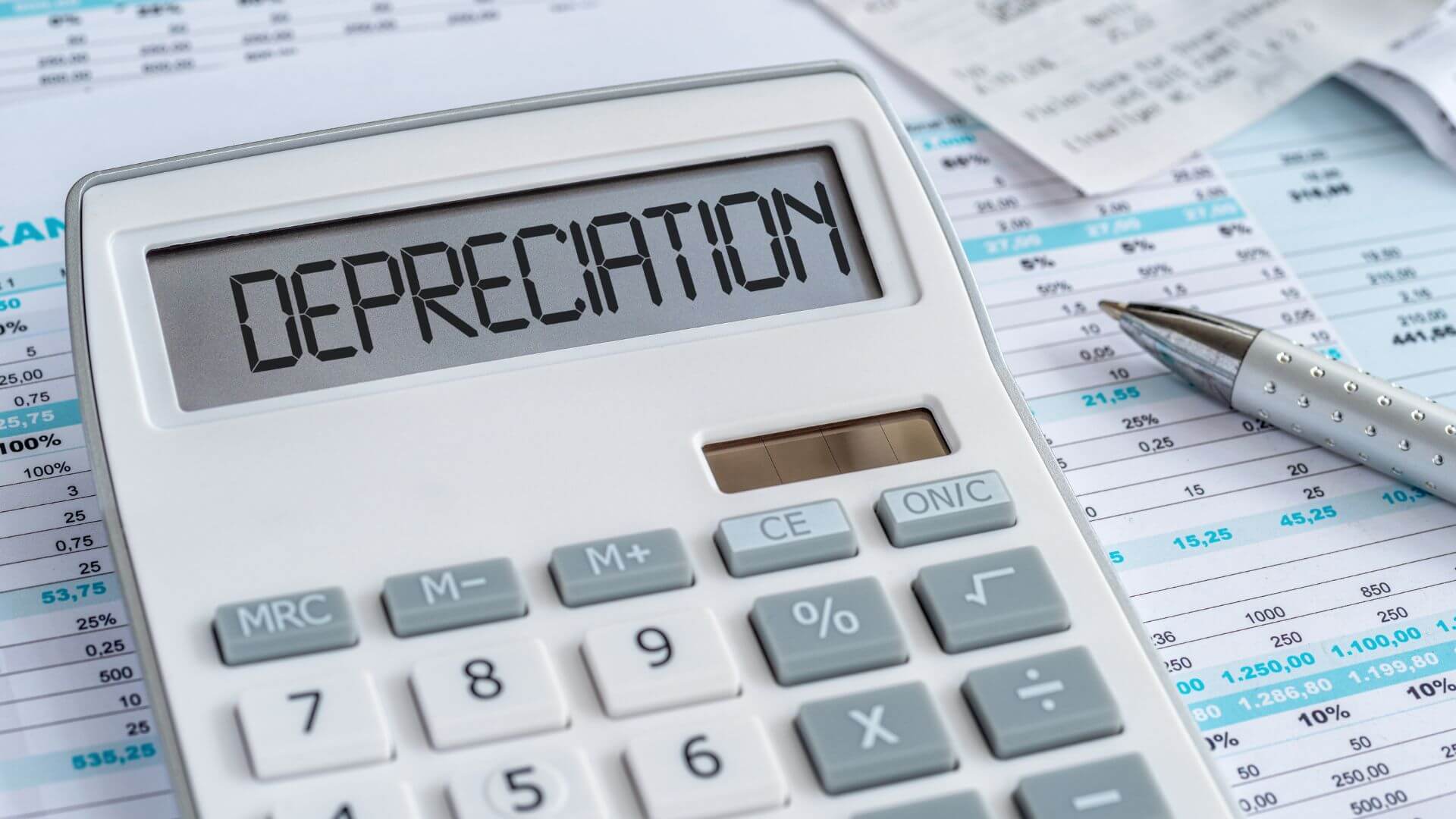Property depreciation is a deduction you can make against your assessable income. It allows you to reduce the amount of tax you pay based on the depreciating value of your investment property. To maximise your depreciation, you should speak to a quantity surveyor and your accountant to legally reduce your tax payable. Keep reading below for a general guide on what to look out for with property depreciation.
Get a tax depreciation schedule prepared
A tax depreciation schedule is created by a qualified quantity surveyor. It will show the depreciation amount that can be claimed on a property over the life of the building. Under the legislation, a building’s “lifetime” is forty years, meaning a “lifetime” report for your property should include a depreciation schedule spanning the next four decades.
The report should include the diminishing value method (100% of deductions and pooling) and the prime cost method. The prime cost method assumes that your building will perform uniformly over its lifetime, while the diminishing value method assumes that the value of your property will decrease more in its earlier years of useful life.
Remember the two categories of property depreciation
There are two categories of depreciation: capital allowance (division 43) and plant and equipment (division 40).
The capital allowance deduction is based on historical construction costs, such as surveying, engineering and building fees. This allowance doesn’t include the land acquisition cost or site preparation. Your residential investment property must be built after the 16th of September 1987 to claim a capital allowance deduction, and it must be fixed over 25 or 40 years. The typical items included in capital allowance depreciation are driveways, the building structure, concrete, carports and other capital improvements.
Plant and equipment depreciation occurs at a higher rate than capital allowance. This is because these assets have a shorter useful life. The assets that can be included in plant and equipment depreciation and their corresponding rates are determined by the ATO. Assets that can be deducted as part of plant and equipment depreciation typically include air conditioners, blinds, carpets, curtains, hot water systems, ovens, and range hoods.
There are many benefits to having a recent tax depreciation report. Not only can it reduce your tax payable, but by ensuring you’re deducting the full amount of depreciation available, you can derive more value from your investment properties, too. If your depreciation schedule is outdated or you’ve been thinking about getting one drawn up, speak to your account to get some recommendations for a quantity surveyor who can help you. And remember, their fee to draw up or update your schedule is a tax deduction, too.
Wanting expert guidance for your investment property management? Contact our friendly team here.
Remember, this article is general in nature and is not financial or legal advice. Please consult your professional financial and legal advisors before making any decisions for yourself.

